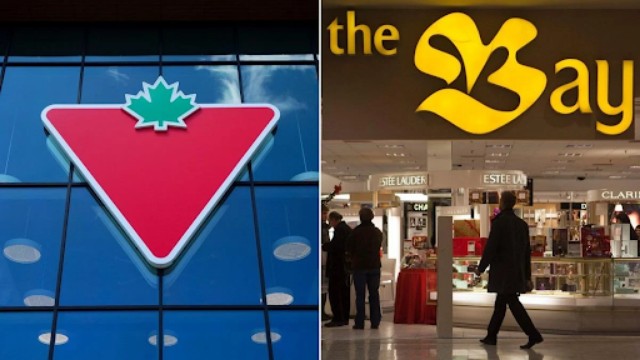
Ridership for public transit in Orangeville, Ont., has more than doubled in the past two years, thanks to going fare-free. (Craig Chivers/CBC)
As public transit in many Canadian cities faces challenges like rising fares and declining ridership, one community is seeing a remarkable upswing in passenger numbers. In Orangeville, Ontario, ridership has more than doubled in the past two years, with the town reporting an impressive 150 to 160 percent increase by the end of this year, according to Mayor Lisa Post.
This growth is attributed to a pilot program that made all transit rides in Orangeville free in 2023. The program has been such a success that the town has committed to keeping it fare-free until at least 2027. "It's been a huge positive for the community," Post remarked.
Orangeville, a town of 30,000 about 60 kilometers northwest of Toronto, joins a growing list of places in Canada and the U.S. that have experimented with free public transit. While it may not be known for setting trends, Orangeville’s initiative is sparking conversations about the potential for fare-free transit in larger cities.
Orangeville Mayor Lisa Post says more than two dozen officials from elsewhere in Canada have asked her about her community's free transit program and how it works. (Craig Chivers/CBC)
Mayor Post said the initiative has sparked inquiries from over two dozen municipalities across Canada, including large cities, showing widespread interest in how free transit could benefit diverse communities. Advocates of fare-free transit argue it promotes social equity, providing a cost-effective way for low-income residents to access essential services. Moreover, when public transit is affordable and reliable, it can help reduce traffic congestion and pollution.
Although Orangeville isn’t Canada’s first fare-free town, it is the largest. Other towns, like Canmore, Alberta, and Mont-Tremblant, Quebec, have adopted free transit, with Canmore implementing it in 2022 after seasonal trials, and Mont-Tremblant launching its program in 2019. Before going fare-free, Orangeville’s three-route bus system had around 100,000 riders annually. In the first year of free transit, that number jumped to 225,000 and is expected to exceed 260,000 this year.
The town’s transit budget is about $1.2 million per year, with previous fare revenue accounting for just $150,000. Fare collection itself cost up to $80,000 annually, prompting Orangeville to rethink its approach. “We’ve invested in car culture for so long,” Post said, “and it’s time we invest in transit culture too.”
The free rides have made a real difference to many residents. For instance, users of the local food bank said fare-free transit helped them afford basic necessities. Seniors benefit from easier access to medical appointments, and young people have a reliable way to reach school and jobs. Vivian Petho, a regular rider, appreciates how the green route helps her attend her son’s activities without transit costs. Another passenger, Christopher Gierusz, who was visiting from Brampton, said, "Back home, bus travel is expensive. This is amazing."
In the U.S., larger cities such as Albuquerque, Alexandria, Richmond, and Kansas City have embraced fare-free transit to varying degrees, inspiring calls for similar initiatives in Canadian cities like Ottawa, Winnipeg, and Victoria. Recent political campaigns in British Columbia and Nova Scotia have even included promises of fare-free transit.
Yuval Grinspun, CEO of Left Turn Right Turn, a transit consultancy in Toronto, says free transit can work in small- and medium-sized communities. (Craig Chivers/CBC )
However, experts like Yuval Grinspun, CEO of the transit consultancy Left Turn Right Turn, believe fare-free transit in larger cities would be challenging due to the high reliance on fare revenue. He suggests an alternative approach might be to offer targeted fare discounts for low-income groups. David-Alexandre Brassard, chief economist for the Chartered Professional Accountants of Canada, agrees, highlighting the potential of reduced fares to alleviate financial stress for younger and lower-income riders.
While fare-free transit has its advocates, some argue that reliability and safety are more crucial priorities for transit systems. Nevertheless, Orangeville plans to expand its program next year to include a nearby rural area, with county officials contributing extra funds for an additional route—signaling continued confidence in fare-free transit’s benefits for their community.















